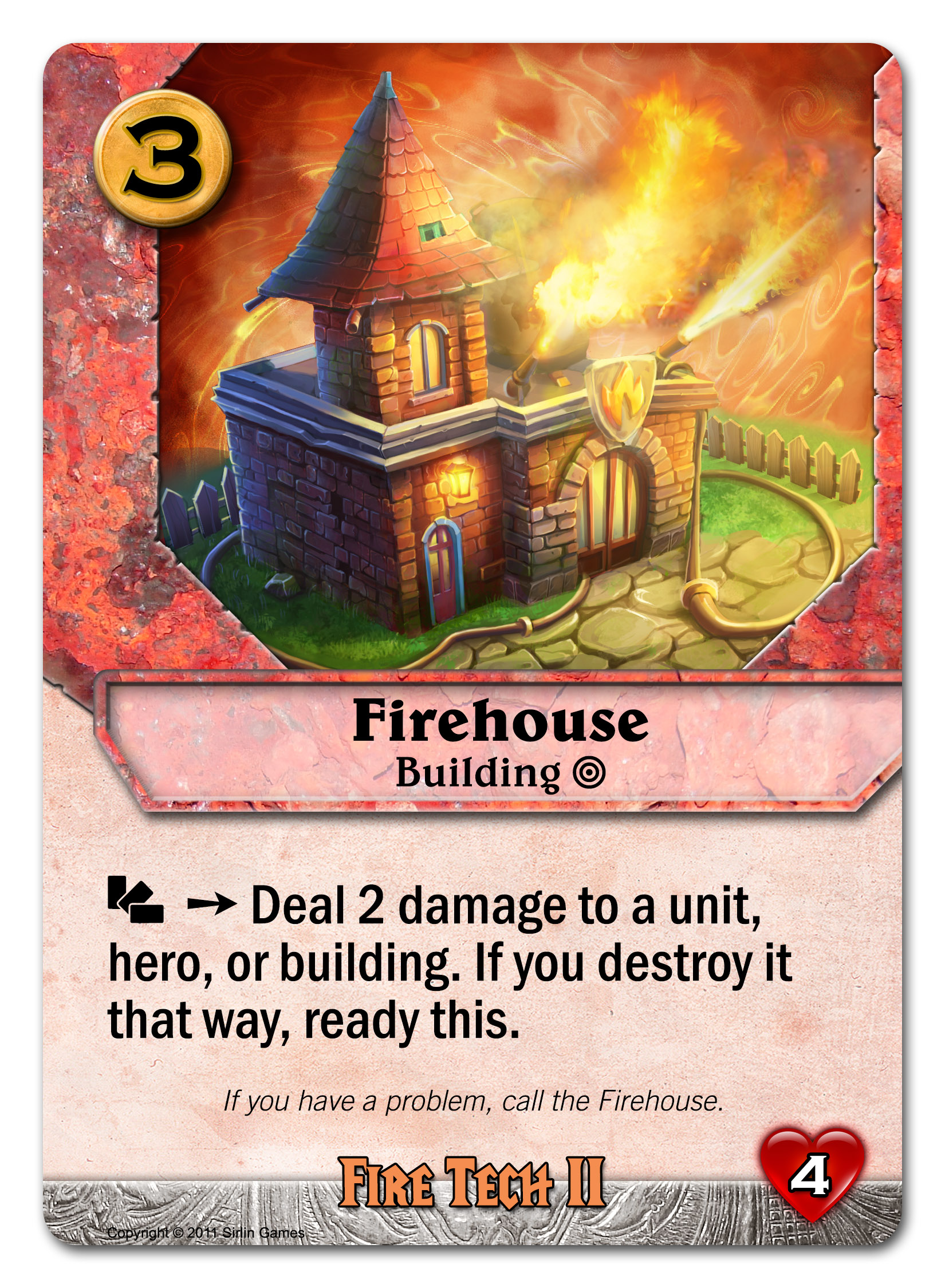The Moss Sentinels (green faction) are also included in the Codex core set. Lead by Calamandra Moss, they protect the forests and natural resources. They harness the mighty power of nature itself, making them ferocious and threatening in combat. Their attunement with nature also helps them find the richest veins of gold, making them a powerhouse resource-wise as well.
Here are the three green heroes:
Master Midori is the Balance spec hero in the green faction. He’s honorable and fair and strives to keep nature’s balance intact. That said, Midori’s methods of keeping things fair seem to favor him an awful lot!
Here’s his hero card:
At max level, Midori can fly—he can turn into a green dragon! I guess it’s fair because he only does that on your turn? Not really though, he’s special in all the game in that he’s the best hero at being a win condition without any other support. You can use Forest’s Favor from the green starting deck to make him a 5/6 flier:
With 5 ATK, he can destroy any tech building in one shot except for a base. If he goes for their base, that’s a 4 turn clock even without any other support. Midori’s threat of doing this is so powerful that opponents need to think about this possibility if they even see Midori in your command zone.
And all that is before we even get to his middle ability. It makes units with no abilities cost 1 gold less and get +2/+2. Would you like a 1 cost 4/4 in your starting deck? You got it:
Combine Midori with other specs that can generate token cards (usually those don’t have abilities) or otherwise blank cards such as this card in the Growth spec:
Midori also keeps it fair and balanced with Moment’s Peace:
That’s a “fog effect” meaning it basically shuts down combat damage from units for a turn, though it still allows heroes to fight because heroes aren’t classified as units. It’s a pretty fishy effect though. You get to stall, but you’re also the color with the best ability to get gold. You can delay an opponent’s beatdown while you set up really powerful turns later. You can get free gold with these cards in the meantime:
Rich Earth and Merfolk Prospector are both in your starting deck. It usually costs 1 gold to make a worker, so Rich Earth is sort of giving you 1 gold per turn. Merfolk Prospector is doing that too, but it's a lot harder for opponents to get rid of an upgrade than a unit, so Rich Earth is likely to stick around for the whole game. Gemscout Owl helps you rake in even more gold.
Is your opponent playing cards that stay in play, but that aren't units? That's not really fair and Balanced. They should stick to units. Midori can make sure of that with this:
Nature Reclaims doesn't just discard the thing it destroys—it TRASHES it. Whatever unnatural card they were using goes away for the rest of the game and won't cycle back into their hand. Nature Reclaims itself is also trashed, and that helps you get to your good cards faster after it's done its job.
Midori’s ultimate spell is also very fair. It even says so right on the card:
Midori gets to be a 7/8 flier who draws a card whenever he attacks, who costs 1 gold for opponents to even target him, and who doesn’t exhaust when he attacks. He’s probably 8/9 actually, because he probably has a +1/+1 rune on him from Forest’s Favor. But hey, the opponent gets two 3/3s so it all works out. The 3/3 Hunters have anti-air, so that means they will damage Midori if they are patrolling while he flies over them, but they can’t actually stop his attack. Midori can probably win the game before the Hunters kill him.
Here’s a couple other fair guys for you.
You somehow get a 6/5 with overpower for only 3. Overpower means excess combat damage you’d deal to a patroller hits something else you could attack. The Horselord only follows the strong though, so that keeps it fair. The thing is, when he checks the total ATK on each side of the table, he counts his own 6 ATK in your favor.
Wandering Mimic is another great Balance card. He’s just a 4/4 for 4, which isn’t even that great at tech II. He can get a whole bunch of abilities, but only if other things have those abilities (see how fair that is?). Pair him with Gemscout Owl to give him flying. Would you like to have stealth or be untargetable? No problem, pair him with one of these balance cards:
Wandering Mimic is terrifically versatile and there's so much you can do with him that I think you'll have a lot of fun with him.
And at tech III, you get a ridiculously powerful Tyrannosaurus Rex:
The T-Rex is notable in that it’s one of the few ways in the game you can straight up destroy an opponent’s tech III unit. Doing that while having your own 10/10 with overpower is backbreaking. But hey, that’s the cycle of nature: some things die while others take their place.
If you like to keep things fair for everyone, sort of, then play with Balance!





















































